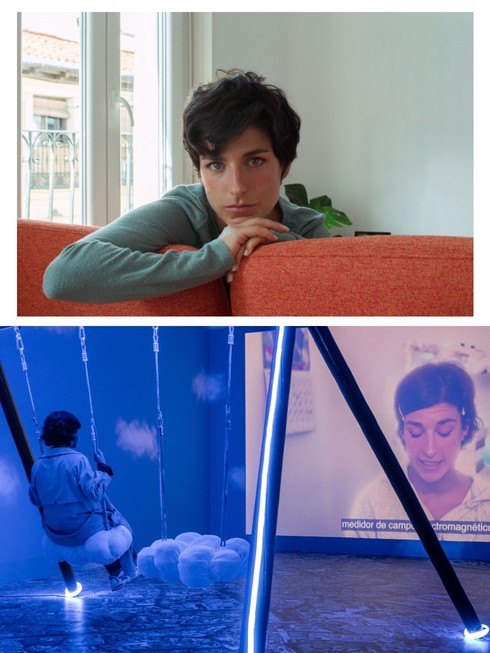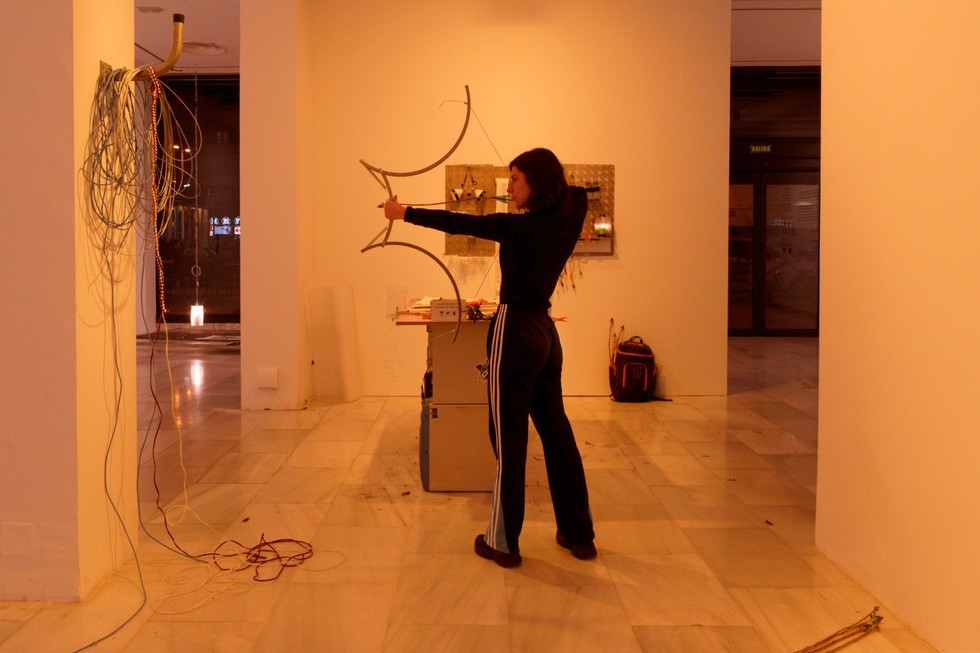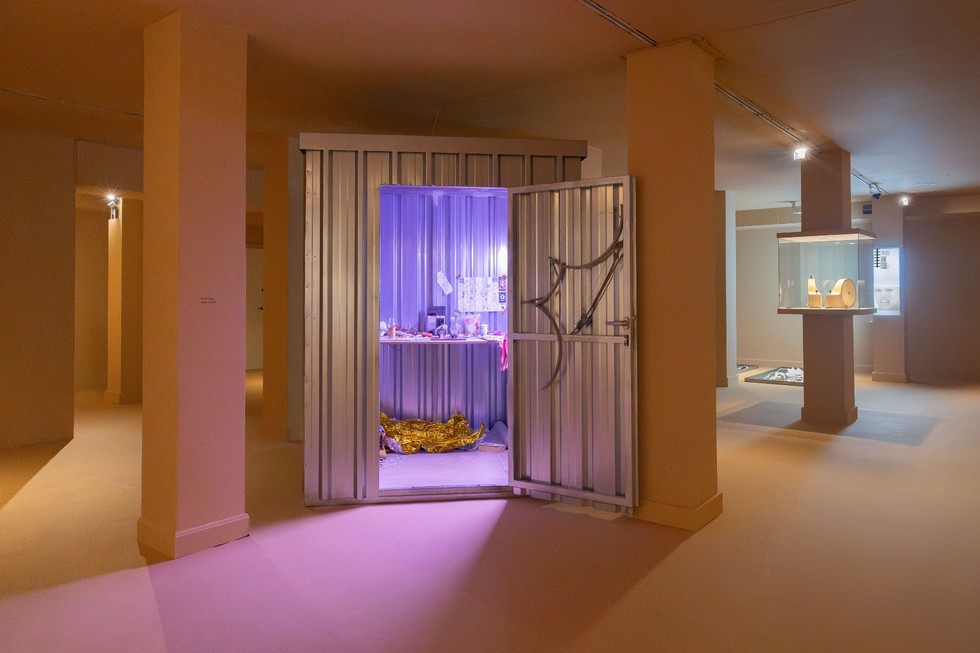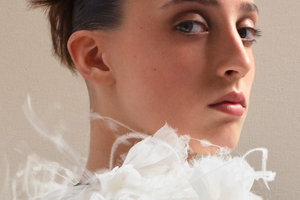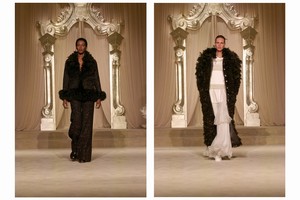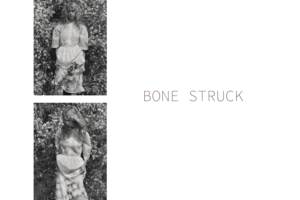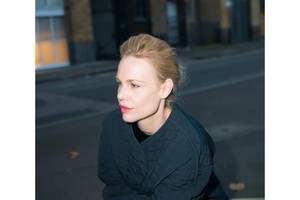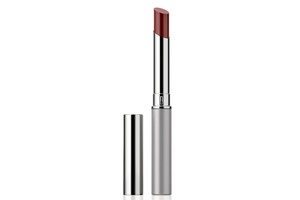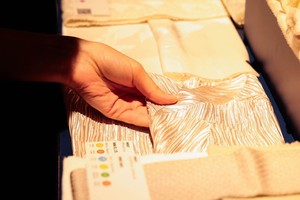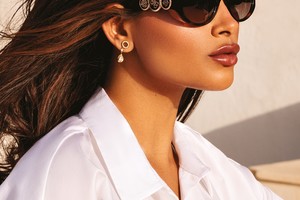Marta Galindo García: “I Became an Artist by Pure Chance”
Written by Natalia Muntean by Natalia MunteanMarta Galindo García is a Madrid-based artist. After studying at the University of Seville and De Montfort University (Leicester, UK), she completed her studies at the Complutense University of Madrid with a master's degree in artistic research and creation. Her first solo exhibition took place at the Valencia Gallery Tuesday to Friday in 2021, followed by “Digital Afterlife” in 2022.
What is the story behind your exhibition during Stockholm Art Week?
I'm participating in the show with my piece Deepest Image of Itself, a sound installation piece that invokes Joan Didion's legacy through her writing, specifically her article “The Santa Ana”, and through her personal objects. Ashik Zaman invited me to explore Didion's work, and while researching online, I discovered an auction held after her death, selling some of her personal belongings. I thought it was an interesting way to get to know and remember someone, through her possessions, so I decided to include some of them in the installation. In parallel, among several readings, her text 'The Santa Ana' struck a personal chord with me. The article explains how the east winds from California, named The Santa Ana winds, create an eerie meteorological ambience with an orangish light, and sound and provoke weird behaviour in people. In Cádiz, my hometown, we have exactly the same phenomenon, and each of her words resonated in a very intimate way with my personal experience. Deepest image of itself aims to recreate this eerie atmosphere, akin to the effect of the Santa Ana winds—a space where Didion's words continue to resonate through time.
What inspired you to become an artist, and how has your artistic journey evolved?
I'm an artist because I wanted to be a spy. During my childhood, I was obsessed with TV series like Totally Spies, Kim Possible, Spy Kids, CSI… As I grew up and started to consider professional careers, the most similar job I could think of was that of a criminal investigator. My parents quickly convinced me it might be a tough job so I looked for alternatives. Then archaeology entered the scene. It had a similar methodology, as it also involved investigation, gathering evidence, and conducting tests. The available academic degree for archaeology at that time was Conservation and Restoration. It shared subjects with Fine Arts in the first year, which made sense; you shouldn't restore a painting without knowing how to create one yourself. That's when I realised I am a more creative of a person than a clinical one, so I ended up enrolling in Fine Arts the following course. I Became an artist by pure chance. Somehow, I think I still keep that detective spirit. Afterall, an artist is quite an investigator.
Regarding my artistic journey, I have had a very sincere and eclectic practice, I started focusing a lot on painting but, as soon as I achieved my first studio, I quickly started to play with different processes and mediums. I love to play with materials or objects which aren't meant to be used in art, not only for their materiality but also for their political dimension. When someone asks what kind of art I make, it's always a tricky question. So far I've done installations, sound performances, video installations, sculptures, paintings… I always try to choose freely and fearlessly the medium that feels more loyal to the topic I'm researching, the one that activates it more.
What is your creative process like, and how do you approach developing new ideas and concepts for your work?
I usually start with a deep, long and obsessive process of research and reading.I would say that's probably my favourite part: learning new things and drawing unexpected connections between topics and data. Once I have an idea, Itend to design the piece in a very calculated style. Lately, I've been trying to lose myself a bit more on improvisation and accidents, but I'm still working on that. Regardless, I'm usually drawn to exhibitions that feel enveloping, surrounding and gentle to the public, with an irreverent and playful component.Sometimes art can get boring and snobbish, and I love the sensation of entering a room with this kind of installation and feeling embraced by it. They provide an uncommon space where one enters to be part of, versus a more traditional format of facing something, inspected from a distance. How one engages and questions things depends deeply on the position one occupies.
What role do you think art plays in society, and how do you see your work contributing to or challenging societal norms?
It may sound a bit cheesy but for me, it's about feeding the spirit. The sensation of walking out of an interesting exhibition, movie, or theatre performance, or even watching a music video—whatever kind of art moves me—is almost like a magical, precious event in our routine and dutiful working lives. It's just like a sweet awakening that interrupts the humdrum and leaves a hint to follow and dive into. If one can find those moments at least once a month, that's being lucky. Of course, if those moments can raise questions or reflections on important subjects, which they often do, that's some serious candy.
Are there any particular themes or subjects that consistently appear in your work, and if so, what draws you to them?
The question of technology and magic is a constant in my work. I often address the subjects in relation to others, like digital legacy and physical death; how to survive a possible apocalypse with digital technology waste, fabulous battle drones who can learn empathy instead of violence and desert the army… I’m quite a drifter when it comes to topics because I’m constantly looking for different issues that relate to personal concerns and keep my curiosity alive and moving.

